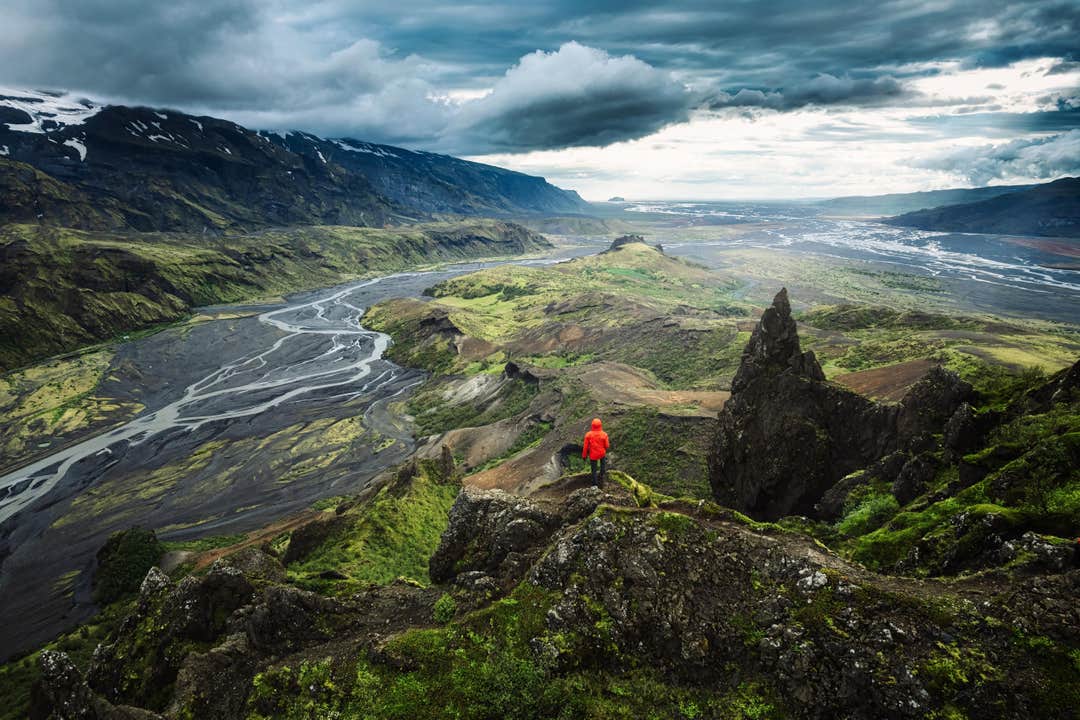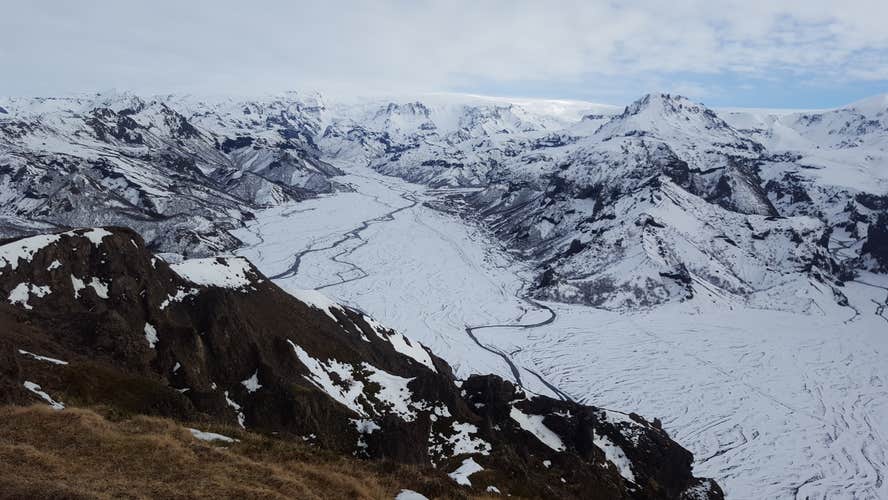Beschreibung
Zusammenfassung
Beschreibung
Komme mit auf eine Reise nach Thórsmörk, einem einzigartigen Tal, eingerahmt von drei Gletschern: Mýrdalsjökull, Eyjafjallajökull und Tindfjallajökull. Um zu diesem abgeschiedenen, wundervollen Ort zu gelangen, wagen wir uns auf abenteuerliche Pfade und durchqueren strömende Gletscherflüsse. Auf unserem Weg zeigt sich auch auf eindrucksvolle Weise, wie der Ausbruch des Eyjafjallajökull die Landschaft hier geprägt hat.
Wir bieten unseren Gästen auf unseren Touren stets persönlichen Service und passen uns gerne den Wünschen und Bedürfnissen der Reisenden an.
Tour Highlights:
- Thórsmörk
- Super-Jeep
- Gígjökull-Gletscher
- Seljalandsfoss-Wasserfall
- Eyjafjallajökull
- Mýrdalsjökull (Vulkan Katla)
Diese Tour beginnt an unserem Basecamp bei Gljúfrabúi in Südisland, direkt neben dem Wasserfall Seljalandsfoss. Die Abholung von Unterkünften in der Umgebung ist inklusive.
Erlebe ein atemberaubendes Stück isländisches Hochland und komme mit nach Thórsmörk! Prüfe direkt die Verfügbarkeit, indem du ein Datum wählst.













